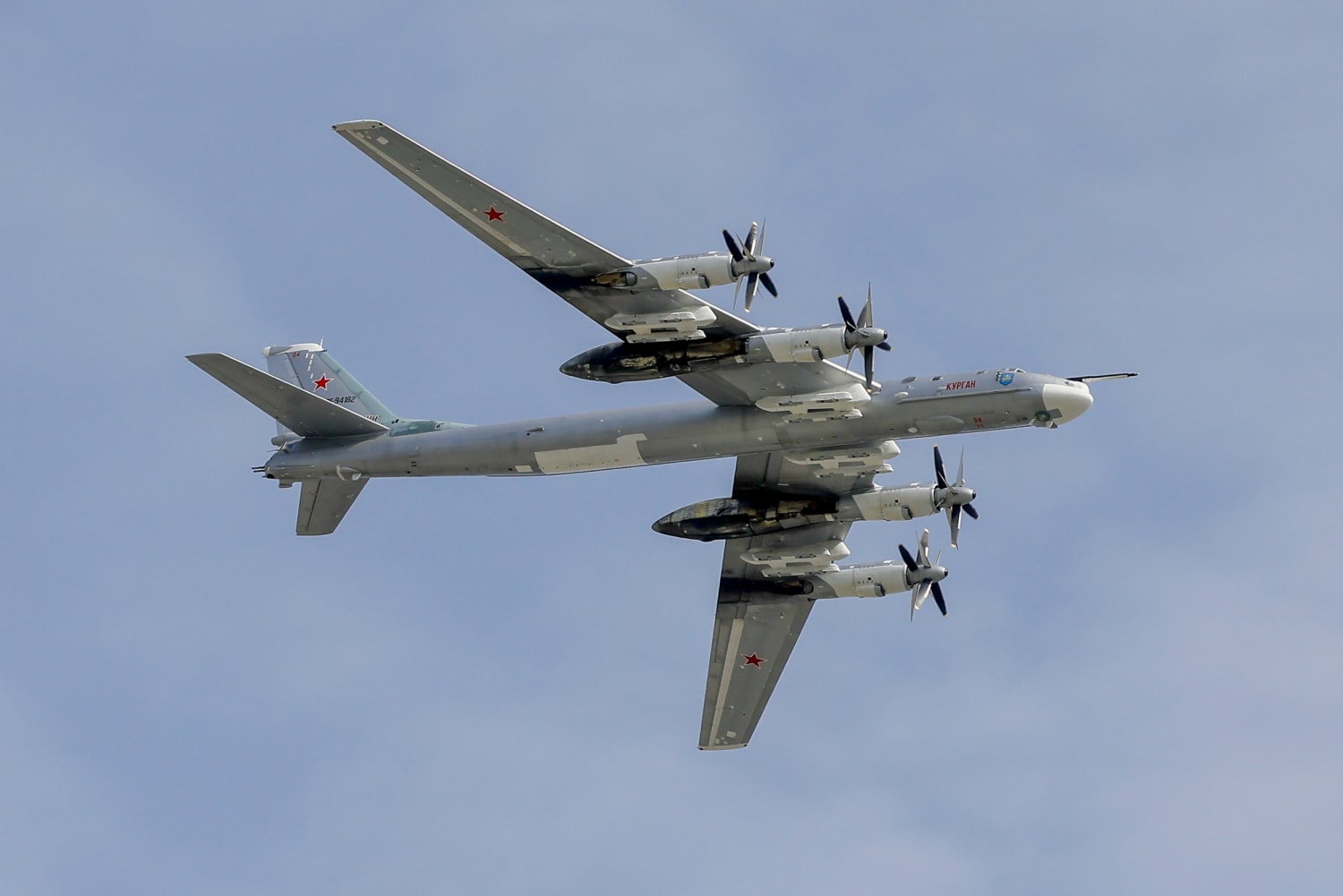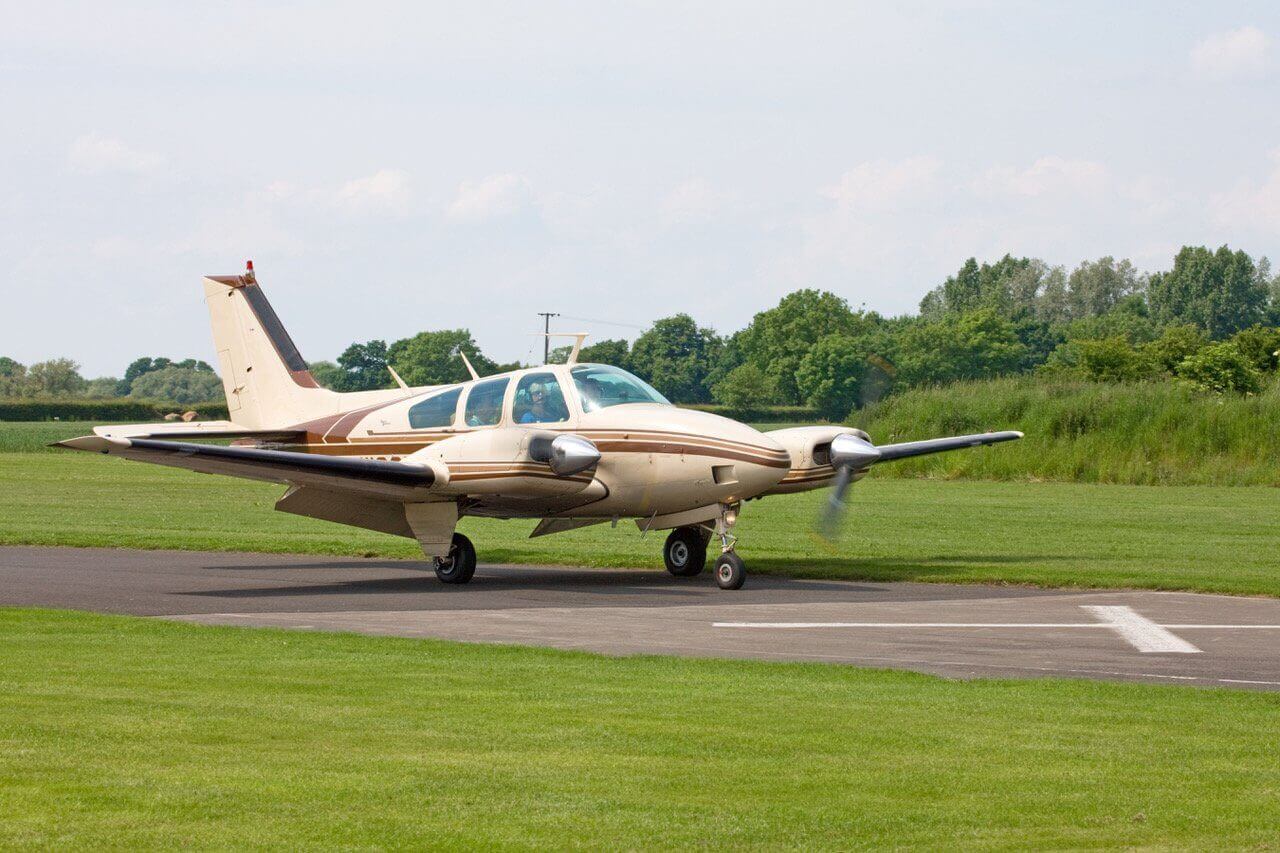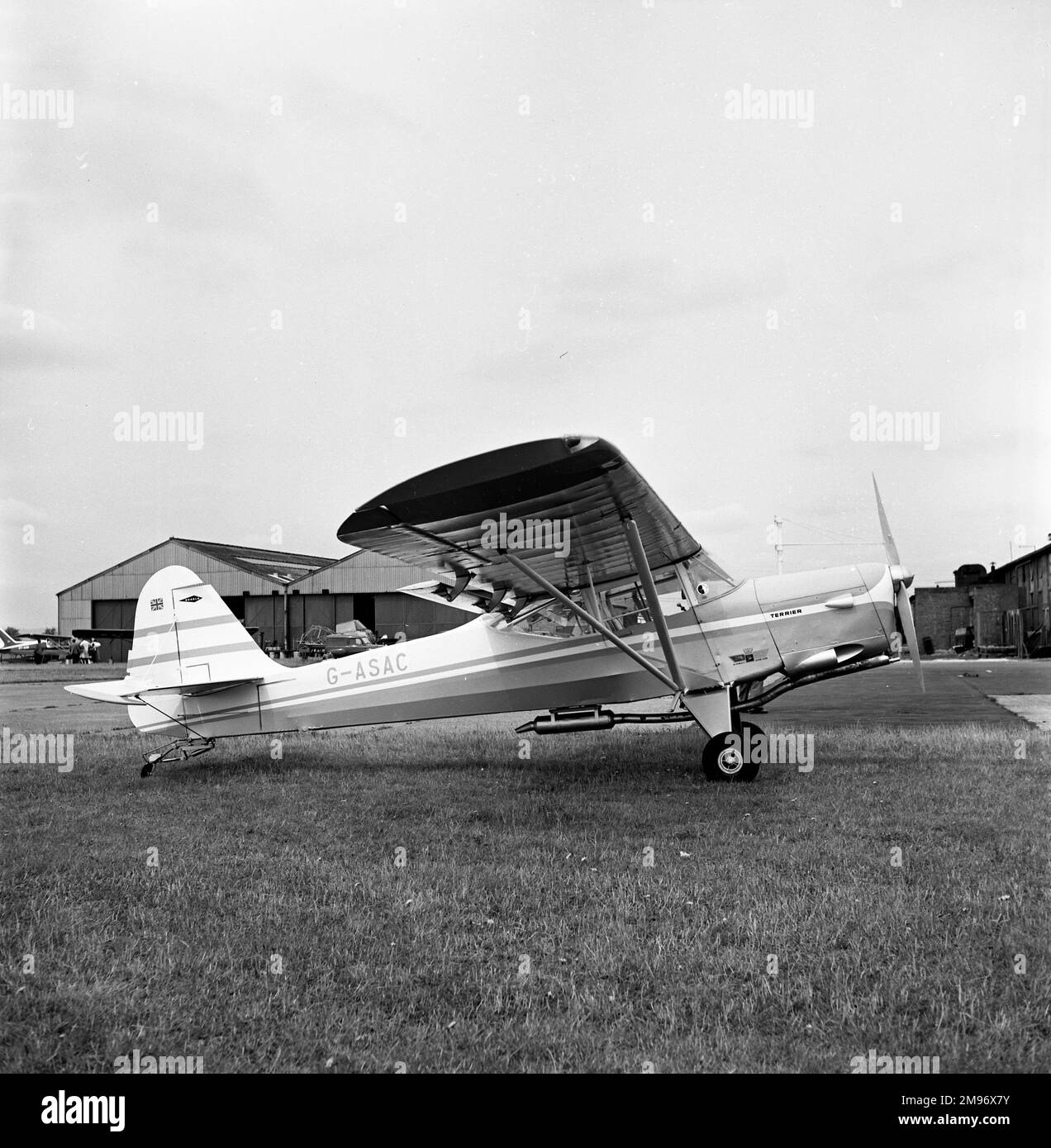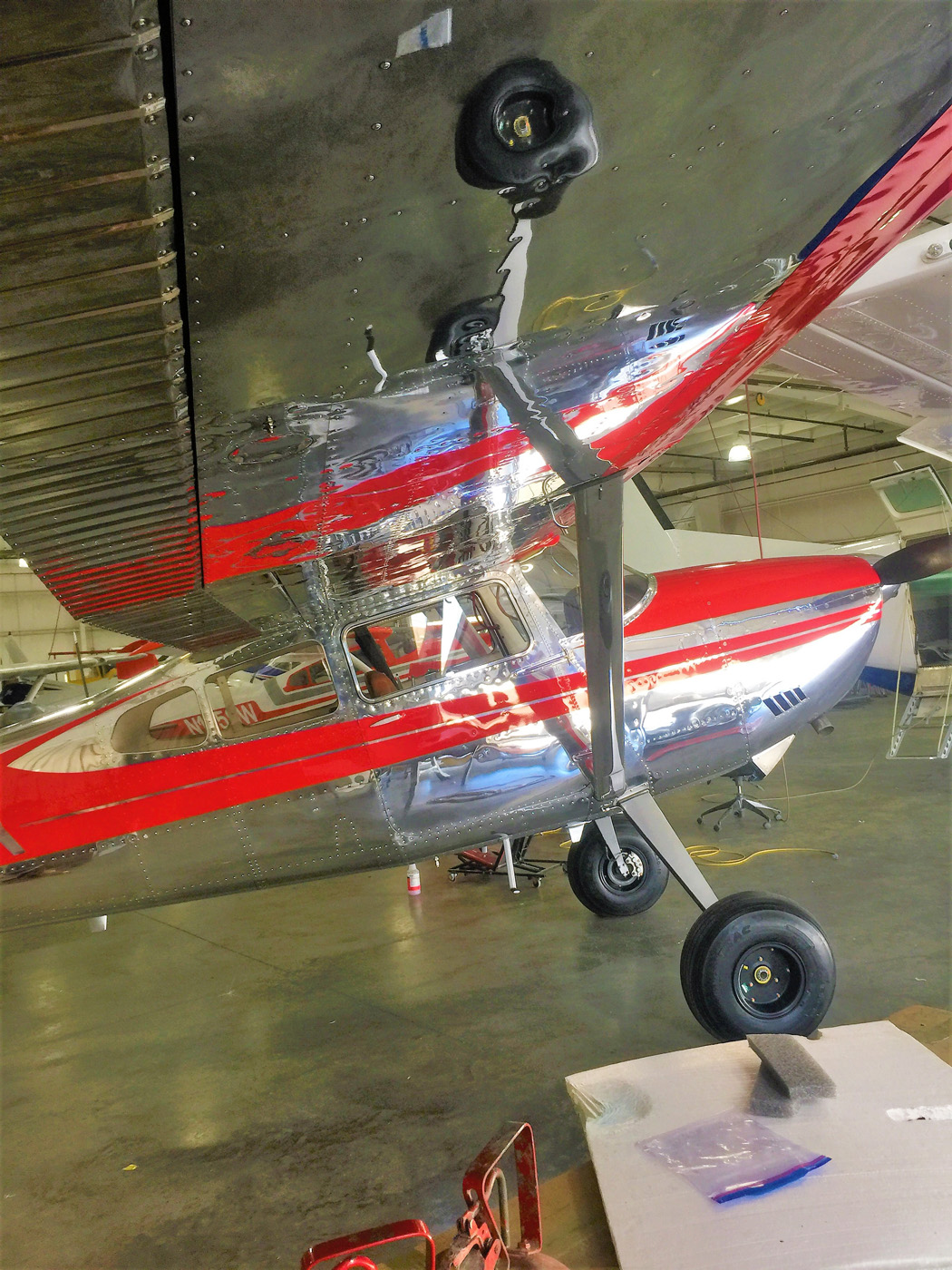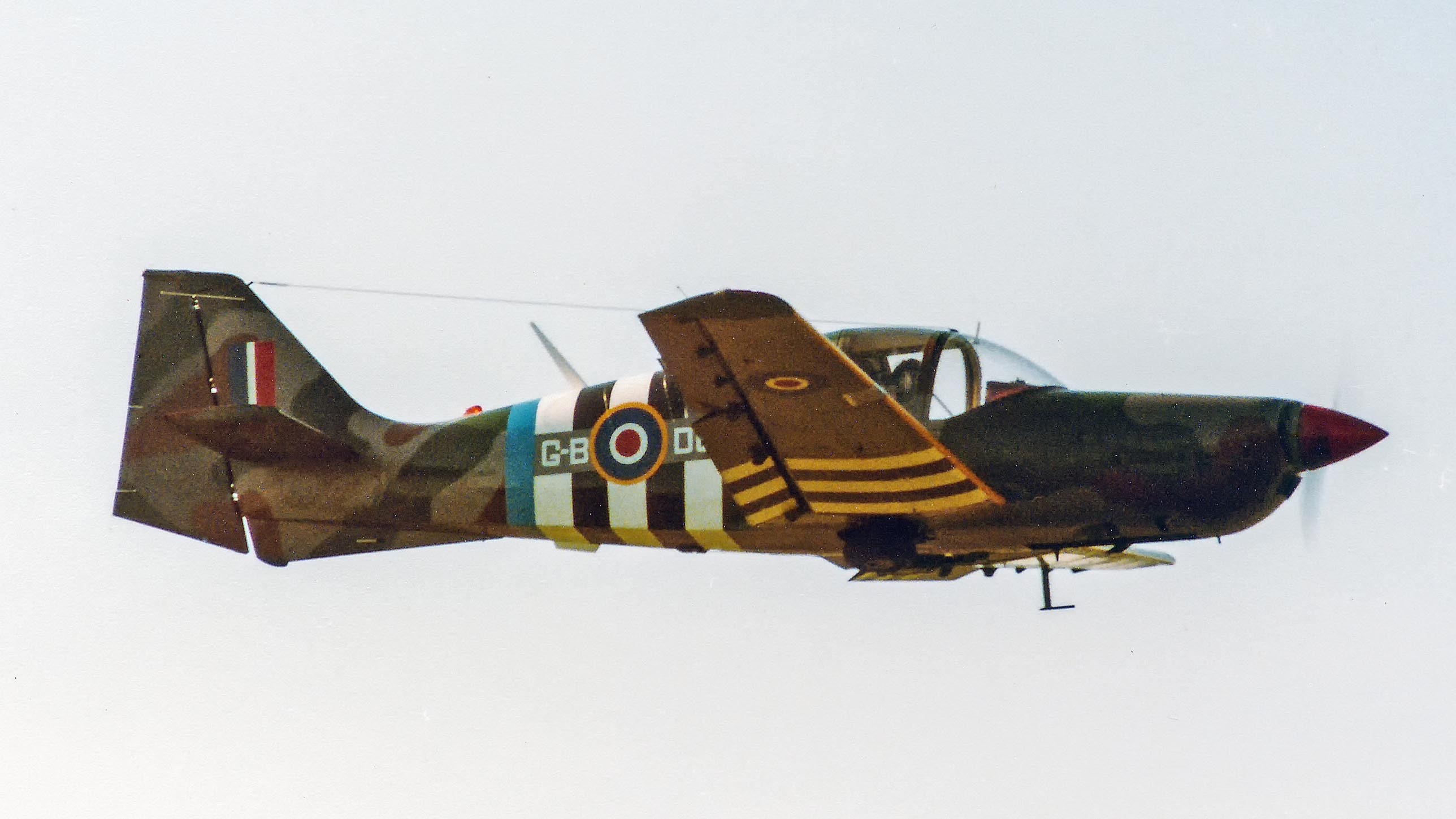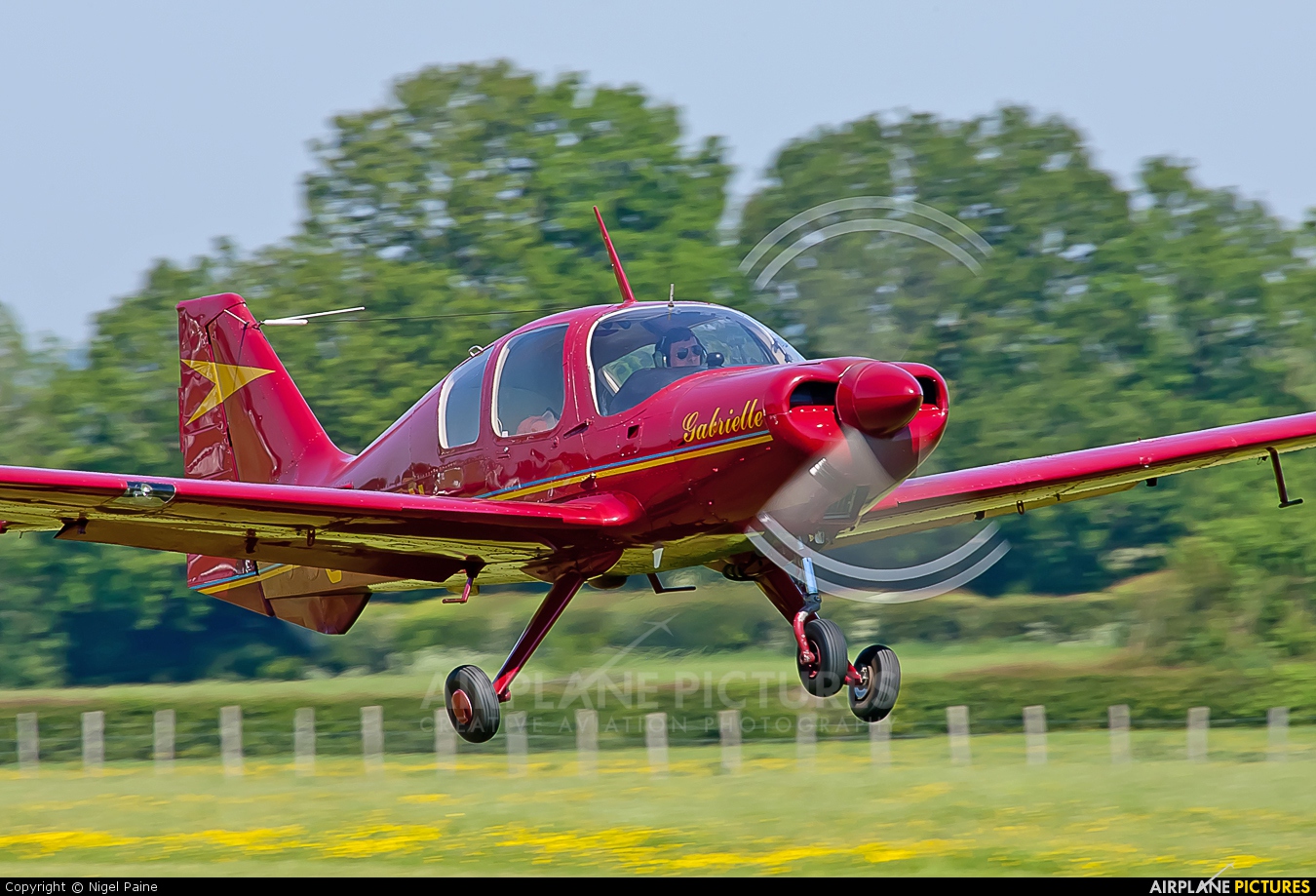Beech Aircraft Models - Beech D17A [NC582] (K O Eckland) D17A 1939 (ATC 713) = 4pCB rg; 350hp Wright R-975-3; span: 32'0" length: 26'11" load: 1733# v: 180/170/50 range: 850. First of the lengthened fuselage models (D-17 through E-17). $16,350;
POP: 8, of which 1 to USAAF as UC-43F. D17R 1937 (ATC 638) = 4pCB rg; 420hp Wright; span: 32'0" length: 26'11" load: 1680# w: 211/202/60 range: 825. $18,870; POP: 28, of which 13 to USAAF as UC-43A, plus 2 conversions from D17W [NC17081, NR18562].
Beech Aircraft Models

The Denali turboprop's flight deck takes full advantage of today's technology: Garmin G3000 touchscreen controls and optional wireless connectivity. Add in the Denali turboprop's Full Authority Digital Engine and Propeller Control along with the Garmin integrated autothrottle and single-power lever, you have an easy flying experience unlike anything else.
An Aircraft As Intuitive As The People Who Fly It
Roger that? List of all Beechcraft airplanes and aircraft types, with images, specs, and other information. These active and retired Beechcraft planes are listed in alphabetical order, but if you're looking for a particular aircraft you can look for it using the "search" bar.
The Beechcraft aircraft on this list include all planes, jets, helicopters, and other flying vehicles ever made by Beechcraft. Unless you're an aviation expert you probably can't think of every aircraft made by Beechcraft, so use this list to find a few popular Beechcraft planes and helicopters that have been used a lot in the course of history.
Since its incorporation in 1932, Beech Aircraft was a successful builder of civil and military aircraft. After Walter Beech's death in 1950, his wife and co-founder, Olive Ann, became president and chairman of Beech, and she continued the profitable aircraft production lines while also diversifying into other aerospace endeavours.
In 1959, Beech Aircraft introduced the Model 65 Queen Air to fill the gap between the six-seat twin-Bonanza, a derivative of the single-engine Bonanza introduced in 1947, and the Super 18, a deluxe version of the classic Beech 18.
Beechcraft Denali
The Queen Air featured the low-wing, all-metal, tricycle design typical of Beech's post-war aircraft, carried seven to nine passengers, and featured two horizontally-opposed 340-hp Lycoming engines. Subsequent improvements included a swept tail and a pressurized fuselage, but when turboprop engines were added to a Queen Air 88 in 1964, it was re-designated the King Air 90.
Length - 48 ft 9 in (14.9 m) Height - 15 ft 2 in (4.6 m) Beech B17R [NC15815] (Dan Shumaker coll) B17R 1935 (ATC 579) = Similar to B17E with 420hp Wright R-975-E3; load: 1362# v: 211/202/55 range: 760 ceiling: 22,000'.

$14,500; POP: 16, of which 3 to USAAF as C-43H; 1 converted from B17E [NC14413]. B17B, SB17B 1934 (ATC 560) = 4-5pCB rg; 285hp Jacobs R-830-1 (L-5); span: 32'0" length: 24'6" load: 1300# w: 185/173/45 range: 500 ceiling: 18,000'.
$9,000; POP: 2 [NC14408, CZ116], the latter converted to B17L. First of the folding-gear Staggerwings. SB17B was the twin-float designation. Rather than investing in new and expensive technology, Beech built an improved and marketable business aircraft from its existing production line.
Beechcraft King Air
The aircraft displayed here, LJ-34, began as a Queen Air that was upgraded with Pratt and Whitney PT6A-6 turboprop engines, a design that soon became the C-90. Several companies operated it for a total of more than 7,000 hours of service.
Beech C-45G [51-11897] (USAF Museum) Beech C-45G Volpar post-war mod [N8823Z] (Ed Coates) C-45G 1951 = 6p with autopilot, remanufactured and upgraded from existing stock of RC-45A, C-45F, AT-7, and AT-11, and assigned new serial numbers.
POP: 468. 18R 1940 = Two 420hp Wright R-975. POP: 6 delivered to the Nationalist Chinese government as M18R (aka AT18R) with bomb racks, machineguns and a bombardier position in the nose, 1 delivered to Sweden equipped as a flying hospital.
Six M-18R appeared on the US civil register [NX25474/25479], possibly the Chinese airplanes. B17E 1935 (ATC 566) = 4-5pCB rg; 285hp Wright R-760-E1; span: 32'0" length: 24'5" load: 1263# w: 185/165/50 range: 680 ceiling: 18,000'. $12,980;
POP: 4 [NC12593, NC14413, NC14458, NC15412], the second of which was converted to B17R. Beech E17L [N41663] (K O Eckland coll) E17B, SE17B 1937 (ATC 641) = 4-5pCB rg; 285hp Jacobs L-5; span: 32'0" length: 25'11" load: 1270# v: 188/177/50 range: 700. $10,490, $12,380 in 1939;
POP: about 52, of which 31 to USAAF as UC-43D. Beech C17E Japanese assembly (R M Bueschel via R T Smith) C17E 1936 (ATC 615) = 4pCB rg; 285hp Wright R-760-E1; load: 1550# v: 185/165/48 range: 865. POP: 1 [NC15487], plus 2 exported to Japan [NC15836=JBAOI, x] in 1937, resulting in Japanese construction under license of 20 C17Es from 1938-40

. Preliminary design work was done in Japan on a proposed gold-wing biplane fighter as A17J, based on A17F, but nothing ever came of it. Beech A17F [NC12583] (Dan Shumaker coll) A17F, A17J 1934 (ATC 548) = 4pCB;
650hp Wright R-1820-F11 Cyclone; span: 34'6" length: 24'2" load: 1915# v: 240/212/65 range: 780 ceiling: 18,500'. $24,500; POP: 1, purchased by Howard Hughes for 1937-38 Bendix races [NX/NC/NR12583] (p: Bob Perlick)—it did not compete and soon disappeared into his collection, but persistent rumors have it as still stored somewhere.
The BEECHCRAFT DENALI turboprop is a breath of fresh air; it's a brand-new, high-performance, single-engine turboprop that changes everything. Designed with more performance, more versatility, lower operating costs, smarter cabin space and a superior service network, the Beechcraft Denali turboprop is the culmination of 90 years of innovation.
In August 1963, Beech Aircraft announced the King Air design to meet the requirements of executive and corporate business travel for six to nine passengers, using turboprop engines to bridge the gap between piston-power and jet aircraft.
The first King Air, powered by Pratt & Whitney Canada PT6A-6 engines, flew on January 20, 1964 and, after the prototype completed a 230-hour test program, the design received its type certificate on May 27, 1964. The first production
aircraft deliveries began in late 1964. Beech B17L [N12592] (Larry DiRicco) Beech SB17L [NC15402] B17L, SB17L 1934 (ATC 560) = Low-end version of B17 series with 225hp Jacobs L-4; load: 1350# w: 166/152/45 range: 560 ceiling: 15,500'.
$8,000-8,550; POP: 45. SB17L was the first Staggerwing on floats. The Beechcraft King Air is the world's most popular turboprop aircraft. Beech Aircraft developed the King Air in 1964 as a compromise between piston-engine and jet aircraft;
it could fly farther and higher than piston-engine aircraft yet land on the short runways of most small airports. The design remains the primary business aircraft for small to mid-size companies and part of the flight inventories of larger corporations.

Beech 18-S [NC19452] (John Myers) 18S 1939 (ATC 710) = 8p with 450hp P&W Wasp; length: 34'3" load: 2450# v: 240/220/60 range: 1000. POP: total 5,200. To AAC/AAF as AT-7, AT-11, C-45, and F-2; to USN
as JRB-1 and SNB-1. In total, the Beech 18 line had 32 variants, and more than 9,000 civil and military planes had been built when the last one (a Super 18H) rolled off the assembly line on 11/26/
69, accounting for the longest production run in aviation history! Beech D50 [N295DE] (William T Larkins) D50 1956 = 6p with two 295hp GO-480-G206; span: 45'4" length: 31'7" load: 2200# v: 214/203/71 range: 1650 ceiling: 20,000'.
POP: 154. Subclasses through 1961 were D50A with 285hp GO-480-Gs (POP: 44), D50B (POP: 38), D50C (POP: 64), and D50E (POP: 47). Beech C17L [NC15846] (Dan Shumaker coll) C17L 1936 (ATC 602) = 4pCB rg; 225hp Jacobs L-4;
load: 1340# w: 175/166/45 range: range: 560. $8,550; POP: 5, of which 3 to USAAF as UC-43J, 1 converted to C17B [NC16441]. Rather than investing in a completely new and expensive technology, Beech built a vastly improved and marketable business aircraft from its existing production line.
After the King Air's initial success, Beech concentrated on continuous upgrades to appeal to a range of executive and corporate needs. Sophisticated electronics packages, increased cabin space, and finer interior amenities in Models 90, 100, 200, 300, and 350 provide comfortable working and transport environments for business travelers.
Newer models are longer and sport T-tails, but the basic configuration remains the same and continues to appeal as a new or previously owned medium-range aircraft. In addition to the airframe, the Pratt & Whitney Canada PT6A turboprop engine family consistently provides a high level of performance and reliability.
Nearly 40 years since its introduction, the King Air series is still the king of the turboprops and fills a significant niche in the business aviation marketplace. The Beech King Air is the world's most popular turboprop aircraft.

Beech Aircraft Corporation developed the King Air in 1964 as a compromise between piston-engine and jet aircraft and the design quickly found success. The King Air can fly farther and higher than piston-engine aircraft, and, unlike many jets, it can land on the short runways of most small airports.
With the three different models, including the C90B, still in production in 2001, this aircraft remains the primary business aircraft for small to mid-size companies, and it is an integral part of the flight inventories of many larger corporations.
Beech D17S Ross Hadley entertains crowd at Tex Rankin Air Show, Alameda 1939 [NC18776] (William T Larkins) Beech SD17S [NC18562] (Gene Palmer coll) D17S, SD17S 1937 (ATC 649) = 4pCB rg; 450hp P&W R-985 Wasp; span: 32'0" length: 25'11" load: 1680# w: 212/202/55 range: 800. $18,870;
POP: about 50, of which 13 to USAAF as UC-43/UC-43B, 11 to USN as GB-1. SD17S was float plane. The last D17S [NC34R] became the prototype for the G17S. 1925: Travel Air Corp formed by Walter H Beech, Clyde Cessna, and Lloyd Stearman.
Apr 1932: Beech Aircraft Co, Wichita KS. 1936: Beech Aircraft Corp. Olive Ann Beech as president after the death of Walter Beech on 11/29/50. 1979: Acquired by Raytheon Corp as Raytheon-Beech Aircraft Co. 1993: Raytheon Aircraft Co.
1998: Raytheon Aerospace. 3/26/07: Hawker Beechcraft Corp. Beech E18S (Eric Paslick) E18S Executive Super Twin aka Super 18 1953 (ATC 765) = 9p with 450hp P&W R-985 Wasp Jr; span: 49'8" length: 35'3" load: 3330# w: 234/215/70 range: 1500;
ff: 12/10/53. $61,500; POP: 464. Replaced in 1962 by H18. Beech C17B [NC47024] (Dan Shumaker coll) Beech SC17B [NC17078] (Ralph Nortell) C17B, SC17B 1936 (ATC 602) = 4pCB rg; 285hp Jacobs L-5; span: 32'0" length: 24'5" w: 185/165/45 range: 480-680.
$9,250; POP: 39, including conversions to C17L, of which 10 to USAAF as UC-43G. SC17B was twin-float version, with 1 built as experimental amphibian [NC16440]. Beech King Air C90B (Raytheon-Beech) C90B 1991 = 6-12p with two 550hp P&W-Canada PT6A-21;
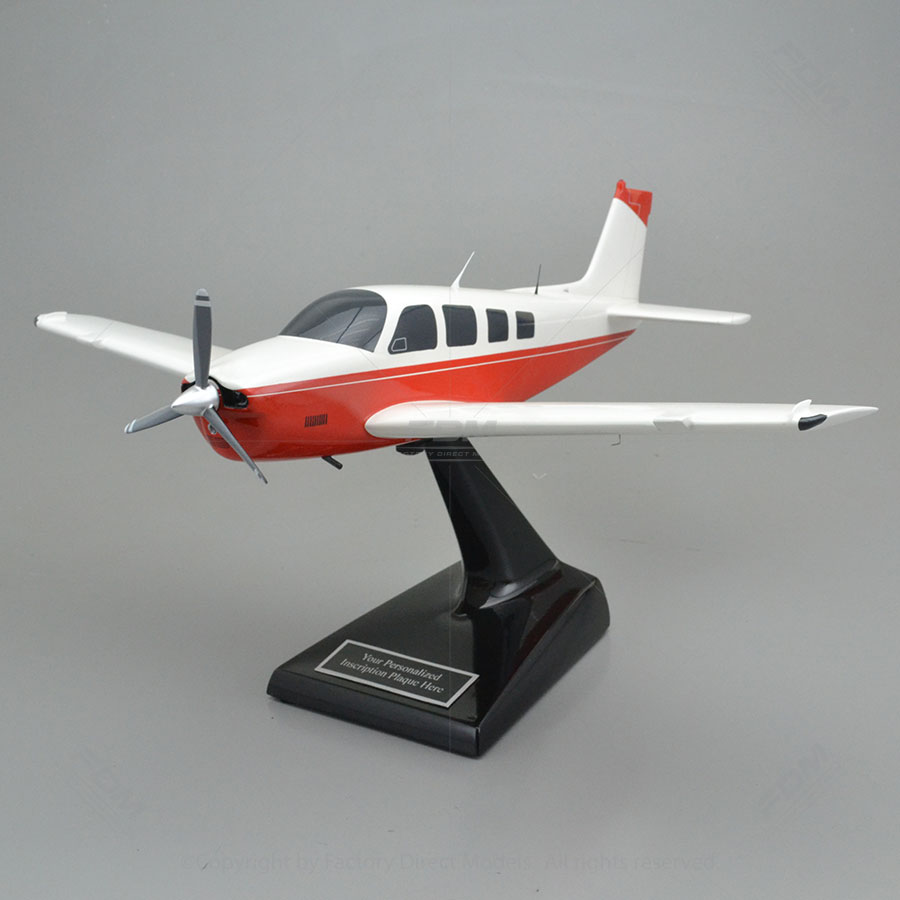
span: 50'3" length: 35'6" load: 3290# v: 283 range: 1512. Four-blade props, reduced cabin noise level. POP: unc. In March 1992, Beechcraft's 50,000th aircraft delivery was a C-90B. Beech H18 Panel H18 1962 = 10p with two 450hp P&W R-985 Wasp Jr.
$179,500; POP: 149. The last of the "Twin 18s." Tricycle gear version by Pacific Airmotive Corp in 1963 as Tradewind; other conversions were Hamilton Westwind and Volpar Turboliner. The BEECHCRAFT family is growing once more as the Beechcraft DENALI single-engine turboprop joins the legendary line-up.
This high-performance aircraft exemplifies the luxury, durability, and class that is found in our Beechcraft products. Designed with more range, more efficiency, less maintenance, lower operating costs, advanced flight deck, smarter cabin space and a superior service network, the Beechcraft Denali turboprop will rise above the competition.
Beech D17W [NC18562] (Dan Shumaker coll) D17W 1937 = Experimental with 525-600hp supercharged P&W R-985-SC-G Wasp. POP: 2; 1 for Jacqueline Cochran to set speed and altitude records in 1937-38 [NX/NR18562], and 1 for Frank Hawks [NC17081], later repowered with 420hp Wright R-975.
Both converted to D17R, with the former serving in the USAAF as UC-43K, and the latter in the USN as GB-1. L-23F, U-8F (Queen Air) (TC 3A20) 1962 = Military 65/70. POP: -- [58-1354/1356, 60-3453/3463, -5386/5390, 61-2426/2430, 62-3832/3875, 63-12902 (also as YU-21), -13636/13637,
66-15365], 1 for Pakistan [63-7975], and 3 impounded drug-runners [81-13658/13659, 83-24370], the latter returned to service as QA-65. Beech SNB-5 [09771] (Natl Museum of Naval Aviation) SNB-5 Expeditor, TC-45J 1951 (ATC 765) = SNB-2 modified to USAF C-45G standards with two R-985-AN-3s and constant-speed, full-feathering props;
new gear struts, wheels and brakes; heavier wing center section; autopilot, new instrument panel. Redesignated TC-45J in 1962. Staggerwing with OX-5? SIDE-VIEW COMPARISONS 17 - 4-5pCB. Start of the distinctive "Staggerwing" production that would continue until 1949. Why the "17" designation?
Since "16" was the design number of the last Travel Air, Walter Beech thought it logical to continue this sequence in his new endeavours. POP total all 17s: 781, including 105 to USAF and 320 to USN, excluding 20 built in Japan as C17E.
SEE Staggerwings in the USAAF.
beech aircraft company, beechcraft jets, beechcraft single engine models, beechcraft aircraft, beechcraft airplane models, beechcraft baron, twin beech aircraft, beechcraft king air specifications
:quality(70)/cloudfront-us-east-1.images.arcpublishing.com/archetype/DLACIVHYTZELHOCQUXOJPCYLRU.jpg)



